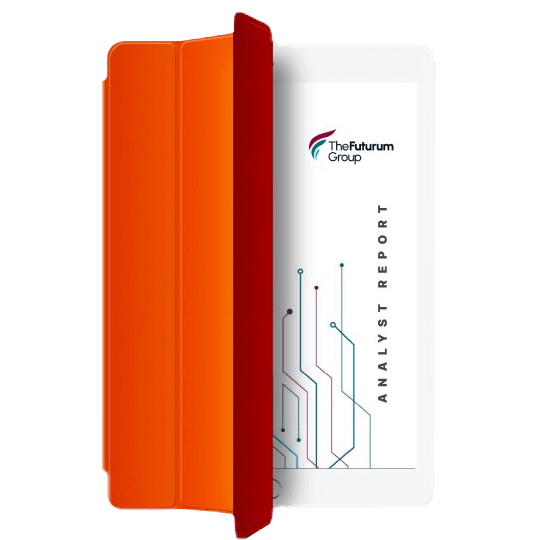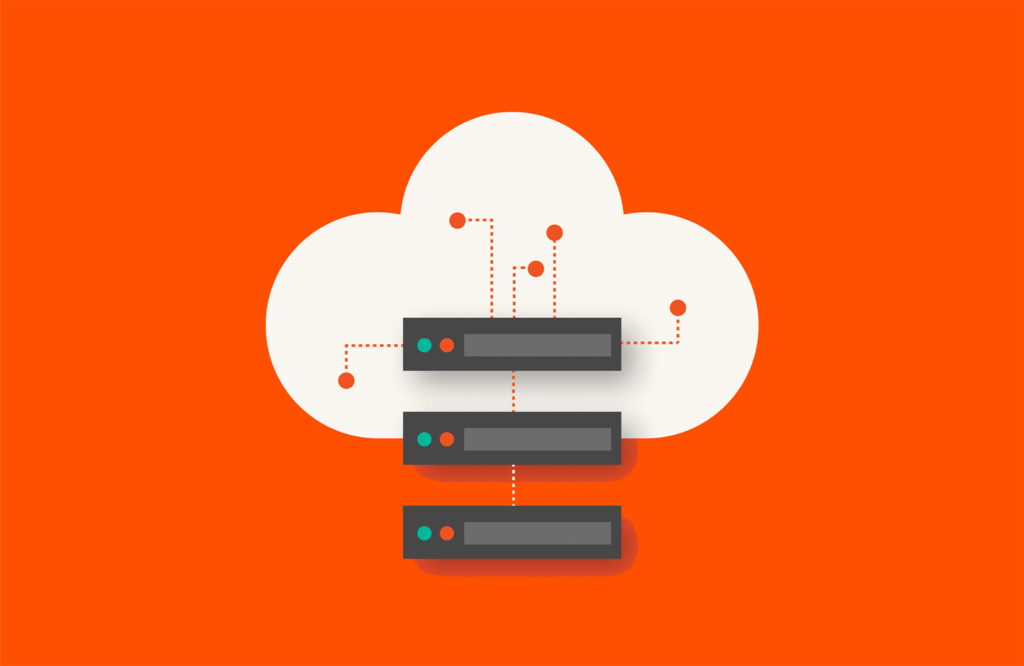“Stateful” and “stateless” describe what, if anything, an application records around processes, transactions, and/or interactions. Stateful applications retain data between sessions, stateless applications don’t.
This distinction is important because it relates directly to digital transformation.
All organizations want better scalability, flexibility, and resilience. But achieving these things, especially all at once, isn’t easy. To do it, many companies have started using containers and microservices, both of which make it much easier and faster to develop, deploy, and manage applications.
But containers have an issue: By design, they weren’t meant to handle applications that track “state” (i.e., stateful applications), which is the majority of the applications we use today. Tools like Kubernetes now make it possible for containers to also be stateful, but you still need a data storage solution that can support and interact with Kubernetes.
Read on to learn more about stateful vs. stateless applications, their key differences, and why understanding these differences is so important for understanding the kind of data storage your company needs.
Stateful Applications
Stateful applications are like an ongoing journal, conversation, or story: Everything is on record and every entry has the context of what came before it. Stateful apps use persistent data storage to record all user conversations, interactions, and transactions so that they can return to the customer conversation without having to start from scratch.
Stateful application examples include:
- Digital shopping carts that record what you put in them
- Online banking systems that track your account information
- Display ads tailored to your past Google searches
Stateful applications have the obvious advantage of using historical data to give users what they want but the disadvantage of needing to use extra compute resources to do so.
Stateless Applications
Stateless applications are like vending machines: The transactions and interactions are independent and one-off, with nothing recorded. There’s no context—just a single service or function to satisfy a single request. Money in, candy out.
Examples of stateless applications include:
- Hypertext Transfer Protocol (HTTP): A set of rules that allows users to send and receive data over the internet, HTTP treats each client-server request and response independently.
- Microservices: Many microservice architectures are designed to be stateless. Each microservice handles a specific business function and does not store state information between requests. Instead, any necessary state information is typically stored in a shared database or passed along with each request.
- Content delivery networks (CDNs): CDNs distribute content to servers closer to the user and serve requests without maintaining any state. Each request for a resource (like an image or video) is handled independently.
- Cloud functions/serverless computing: Platforms like AWS Lambda, Google Cloud Functions, and Azure Functions run code in response to events and treat each execution as independent, without maintaining state between invocations.
- Webhooks: Webhooks are a way for applications to provide other applications with real-time information. They are stateless because each webhook request is self-contained, providing all necessary information within the request itself.
Stateful vs. Stateless: Key Differences
Because of their very distinct approaches to storing or not storing user information, stateful and stateless applications differ in terms of:
Scalability
Stateless applications are generally more scalable because each request is independent and can be handled by any available server. In contrast, stateful applications require complicated methods for load balancing and session management.
Fault Tolerance
Stateless applications are more resilient and easier to recover because user sessions aren’t impacted by the loss of a server. Stateful applications, on the other hand, need certain mechanisms and hardware, such as distributed databases, to ensure data isn’t lost during failures.
Resource Usage and Maintenance
Stateless applications tend to use fewer resources because they don’t need to store or manage session data, while stateful applications generally use more memory and processing power to handle and maintain session information. Accordingly, stateless applications tend to be easier to develop and maintain, while stateful applications require careful handling of session data and state management.
Can Stateless Architectures Be Used for Applications with Stateful Data? Use Cases and Best Practices
Yes, stateless architectures can be used for applications with stateful data by offloading state management to external systems. However, certain applications require stateful architectures due to an inherent need for consistent and immediate state management.
Stateless architectures can manage stateful data through external mechanisms like databases, caching systems, and session stores. The application itself remains stateless, while the state is managed by these external systems.
Use Cases for Stateful Architectures
Applications best suited for stateful architectures include:
- Online gaming applications, which need to keep track of player positions, scores, and interactions
- Banking systems, which need to consistently manage and record transactions to ensure accuracy and integrity
- Chat applications, which need to keep track of conversation history
- IoT applications, which need to maintain state information for operations such as device configurations and sensor data history
- Telecommunications applications, which need to record data around call history and credit usage
Use Cases for Stateless Architectures
Applications best suited for stateless architectures include:
- Web services, which use RESTful APIs to contain all the information needed to understand and process each request
- Serverless computing, which relies on event triggers and external data stores
- Microservices, which perform specific functions and interact with external stateful services
- CDNs, which use static content without needing to maintain session state
Best Practices for Designing and Implementing Stateful Architectures
Best practices for designing and implementing stateful architectures include:
- Consistency and reliability: Ensure that state changes are consistent and reliable, especially in distributed systems.
- Session management: Implement robust session management to handle user sessions securely and efficiently.
- State synchronization: Synchronize state across different instances to avoid discrepancies.
- Scalability considerations: Plan for scaling stateful components, understanding that they can be more complex to scale than stateless components.
- Data persistence: Ensure state is persisted appropriately to avoid data loss during failures.
Best Practices for Designing and Implementing Stateless Architectures
Best practices for designing and implementing stateless architectures include:
- Idempotency: Design APIs and services to be idempotent, meaning that repeated calls with the same parameters yield the same results.
- Token-based authentication: Use tokens (such as JWT) to manage authentication and authorization without server-side sessions.
- External state management: Leverage external databases, caches, and session stores to manage state data.
- Load balancing: Stateless services can be easily load-balanced as any instance can handle any request.
- Decoupled services: Design services to be decoupled and independent, enhancing maintainability and scalability.
Containers and State
The increasing popularity of cloud computing and microservices has led to increased use of containers, which package an application’s code and dependencies to make it easily portable from environment to environment.
Although containers were designed to be stateless, companies are now seeking to combine the scalability, flexibility, and low resource utilization advantages of stateless apps with the contextual power of stateful apps.
All of which begs the question: How can that be done and what are the best tools to do it with?
The answer: It all comes down to properly managing stateless data for containerized applications, and doing that requires the right data storage setup.
Best Data Storage for Container Workloads
As containerized stateful applications become the norm, more and more organizations need the best of both worlds from their data storage: persistent storage services with both on-premises storage resiliency and cloud-like scale for containerized applications.
Modern data storage has to meet the unique demands of complex, distributed, and persistent workloads without becoming a bottleneck—easier said than done when you’re dealing with environments that can rapidly scale to thousands of containers.
Container orchestrators like Kubernetes help manage these environments at scale, but your storage solution needs to be able to work well with these orchestrators or you might as well not be using them. Also, things like container storage interface (CSI) drivers and hardware from array vendors can’t really keep up in a cloud-native architecture for data on Kubernetes.
What you need is an enterprise-class storage solution that not only unifies your environments—VMs, containers, multicloud, or on premises—but also simplifies them.
The best data storage platform for container workloads is:
- Flexible, with a cloud- and container-native design that works well across hybrid environments; underlying compatibility with consistent data services, APIs, and as-a-service consumption; and standardized integrations with container runtime engines, automation tools, and orchestration systems like Docker and Kubernetes.
- Easy to use, with automated provisioning and a unified interface that makes it DevOps- and developer-friendly.
- Enterprise-grade, with rich data services that offer enterprise-level reliability, resilience, and security—the same performance and availability you depend on for traditional, Tier-1 apps.
How Portworx Simplifies Stateless Data Management for Container Applications
In the end, it’s all about making the most of your containers, which means leveraging their benefits without toppling your stack.
Portworx® by Pure Storage offers the most comprehensive Kubernetes data services platform—a fully integrated solution that puts you exactly where you want to be with your containers.
Portworx Data Services provides a complete, automated solution for easily deploying and operating a managed, production-grade data service on Kubernetes with 24×7 support.
With Portworx, you can:
- Accelerate time to revenue with a container data management platform that automates storage processes and reduces friction across the entire DevOps or MLOps lifecycle.
- Architect data resiliency with enterprise-grade business continuity, performance, and scale with zero RPO, <2 min RTO, and near-zero failure rate for cloud-native applications and data.
- Achieve data agility by abstracting away the complexities of hybrid and multi-cloud environments and unifying Kubernetes storage.
- Get high availability in and across cloud AZs and racks, including point-and-click backup and restore of entire Kubernetes applications or clusters and up to zero RPO disaster recovery.
Learn if your infrastructure is ready for containers and why Portworx has been named a leader for enterprise Kubernetes data storage four years in a row.

Written By:







